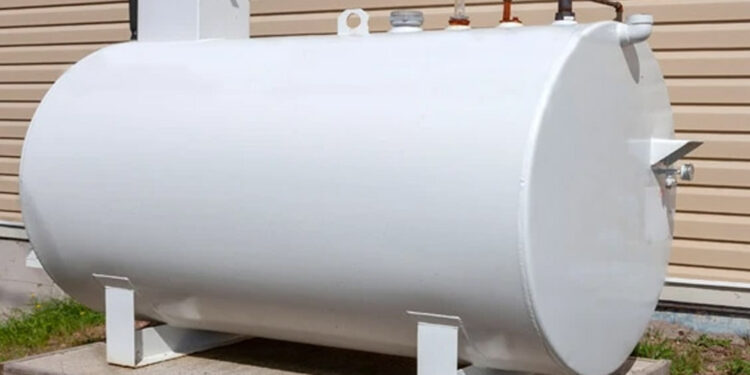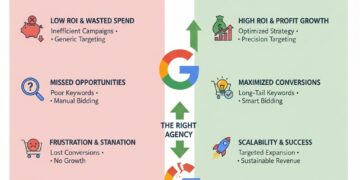Aging Systems That Go Unnoticed
Heating oil tanks are often out of sight, tucked into basements, utility rooms, or buried underground. Because they operate quietly, homeowners rarely think about their condition until something forces attention. As tanks age, internal metal surfaces begin to corrode, fittings loosen, and protective coatings break down. The decline happens gradually, which is why problems are often discovered late.
Many homeowners assume that if there’s no visible leak or disruption, the system is fine. But structural deterioration usually starts inside the tank, where moisture, sediment, and temperature changes create long-term stress. By the time signs appear externally, failure is close. Planning ahead for a heating oil tank replacement avoids the stress and expense of reacting to sudden issues.
Why Internal Corrosion Matters More Than Surface Wear
The first signs of tank decline usually appear inside, not outside. Heating oil naturally contains trace elements that can settle at the bottom of the tank. Over time, water condensation builds up, and the reaction between metal and moisture accelerates corrosion. Even double-wall systems can experience internal breakdown long before anything is visible.
Sediment buildup affects not only the tank but also lines, filters, and burners. Performance becomes inconsistent, air enters the fuel system, and heating reliability drops. Addressing these issues through repair only delays the inevitable. Replacement becomes the safer, long-term solution.
When Small Leaks Become Big Problems
Leaks don’t always start as large ruptures. Many begin as hairline cracks, seepage at seams, or pinholes caused by corrosion. In indoor systems, oil can spread into flooring, concrete, or wall cavities. For outdoor tanks, seepage can migrate into soil and groundwater before it’s detected.
Cleanup costs vary depending on where the leak spreads. Contamination under a slab or near foundation walls often requires remediation and soil removal. These issues tend to cost far more than replacing a tank before damage occurs.
At the midpoint of system decline, many homeowners begin searching for heating oil tank replacement options to avoid emergency situations and environmental consequences.
Homeowners who plan ahead for a heating oil tank replacement avoid the high cleanup and disruption costs that come with waiting for a failure to show itself.
Real Estate Complications and Insurance Gaps
Older heating systems can create roadblocks during property transactions. Buyers often request documentation showing that the tank is in good condition, especially if it’s above a certain age. Evidence of corrosion, lack of inspection history, or visible wear can delay or derail a sale.
Insurance policies also take age into account. Some carriers reduce coverage or require replacement after a certain number of years in service. Others exclude damage tied to tank failure if there’s evidence the system exceeded typical service life.
Replacing a tank proactively avoids issues when refinancing, selling, or renewing insurance coverage. It also protects homeowners from losing eligibility for certain policies.
Environmental Exposure and Compliance Issues
Heating oil spills are taken seriously by local and state agencies. Even minor leaks indoors can trigger reporting requirements. For underground tanks, a single test can reveal contamination that requires soil analysis, permitting, or removal plans.
Environmental cleanup isn’t limited to major failures. Drips from deteriorated fittings, rotted legs, and weakened fuel lines contribute to exposure over time. Once a system is flagged, response deadlines and oversight can become stressful and costly.
Planning for replacement avoids enforcement actions and ensures compliance with current standards. Even if a tank hasn’t failed, age alone may justify an upgrade to satisfy safety expectations.
Why Replacement Beats Reactive Repair
Some homeowners try to extend the life of old systems through patching, coating, or part-specific fixes. While these measures may temporarily reduce risk, they don’t eliminate underlying corrosion or structural decline. Repair often adds cost without addressing the full picture.
Replacement ensures:
- Safer containment
- Better compatibility with updated heating equipment
- Increased efficiency
- Modern leak prevention features
- Peace of mind during cold seasons
Aging tanks become less predictable over time. Coordinating replacement before deterioration reaches a critical point avoids scrambling during peak heating months.
Warning Signs Homeowners Shouldn’t Ignore
Although many signs of failure begin internally, certain conditions point to declining system integrity. These include:
- Rust or bubbling paint on the exterior
- Damp spots, staining, or residue near fittings
- Visible sagging or settling around supports
- Frequent burner lockouts or filter clogging
- Unexplained fuel consumption changes
- Odors near the tank or fuel lines
Even if these issues seem minor, they often indicate larger internal problems. Addressing them by planning replacement reduces long-term risk.
Planning for End-of-Life Tank Systems
Aging heating systems don’t improve with time. Replacement is a natural step in the lifecycle of any fuel-based setup. Homeowners who treat it as a predictable transition rather than a last-minute emergency maintain control over cost, logistics, and safety.
Choosing the right timing allows:
- Safe transfer of existing fuel
- Coordination with heating system upgrades
- Minimal downtime
- Budgeting without pressure
- Avoidance of environmental penalties
Replacing a tank when it’s nearing the end of its useful life is not just preventive — it’s responsible property management.
Long-Term Protection Through Replacement
The most expensive tank failures are the ones that happen after years of deferred action. Internal decay doesn’t wait for permission, and leaks don’t follow convenient timelines. Homeowners who stay ahead of system aging avoid surprises, protect their property, and maintain reliable heating.
Proactive replacement supports both safety and long-term efficiency. It prevents emergency scenarios and reduces the chance of contamination, high cleanup costs, or policy disputes.
A well-timed replacement is less about the end of a system and more about preserving the integrity of the home it supports.











